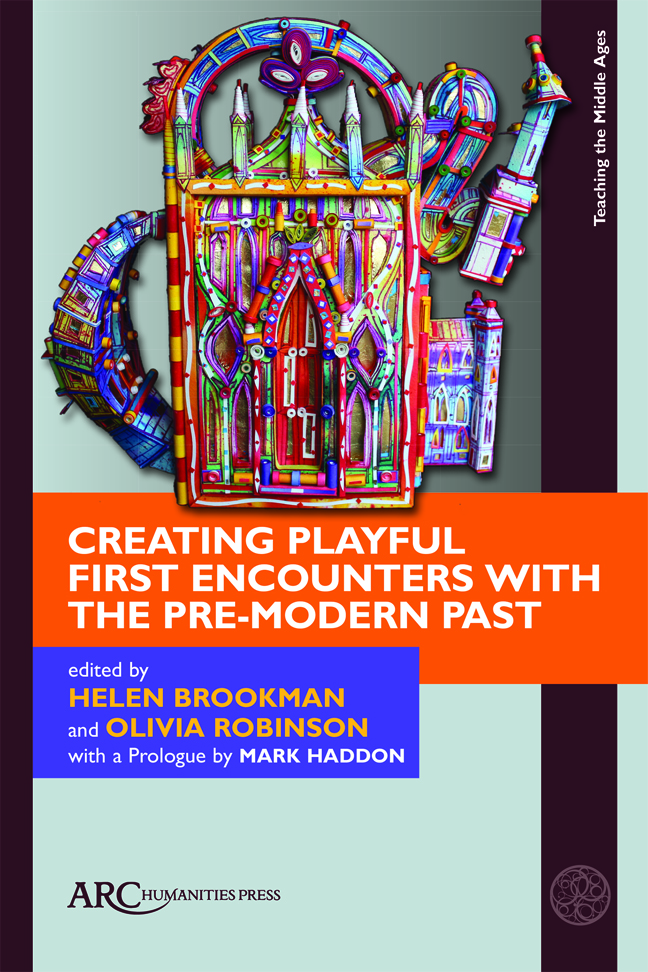8 - Redesigning the Medieval Book
Published online by Cambridge University Press: 17 February 2024
Summary
HOW DO WE bring alive today the processes of designing and making which lay behind the objects of the past? The objects themselves can be shown in exhibitions or photographs, but visual and static displays do not readily tell stories of thinking and crafting. Curators of objects from all periods have noted how difficult it is to convey design as a process. This was a challenge for an exhibition about the ingenuity of design in medieval English manuscripts called Designing English at the Bodleian Library, Oxford, 2017– 2018. That exhibition presented handwritten books and other inscribed objects in English from the age of Alfred to the early Tudor period. The display focused on the process of making, by highlighting work in progress; a sheep's skin to show the preparing of parchment; unfinished pictures to show stages of work; seemingly identical pairs to reveal the effort of copying. The panels and captions in the gallery highlighted analogies between scribes’ and illuminators’ work on manuscripts and modern efforts at design—birthday cards, advertisements, “coffee table” books. We wanted people to whom medieval manuscripts might be unfamiliar to see continuities in the thought processes of design from the handwritten book to digital graphics.
To bring out that continuity, we invited contemporary artists to make new books inspired by our medieval ones for an accompanying display, Redesigning the Medieval Book. The twenty first century artist's book is a work of art that bears some relation, albeit often loosely, to conventional books. It might be modelled on the traditional western multi gathering codex, or on the small pamphlet, various other kinds of folded form (accordion or leporello, French fold and others), the roll, or the tablet. It might carry words or other signs, images, and patterns in some spatial arrangement like a text. Most often, it will have both these characteristics, but a codex structure with few words, or a text affixed to a shoe (to take two works for Redesigning the Medieval Book, by Helen Hayman and Jules Allen respectively) would also count as artists’ books. The origin of artists’ books is usually considered a response to the industrialization of printing in the 1800s, and medieval forebears are seldom prominent. But Michael Hampton has argued that the artfully made books of earlier centuries should equally be considered “proto artists’ books” or “cryptic examples of the artists’ book” avant la lettre.
- Type
- Chapter
- Information
- Creating Playful First Encounters with the Pre-Modern Past , pp. 109 - 126Publisher: Amsterdam University PressPrint publication year: 2023



